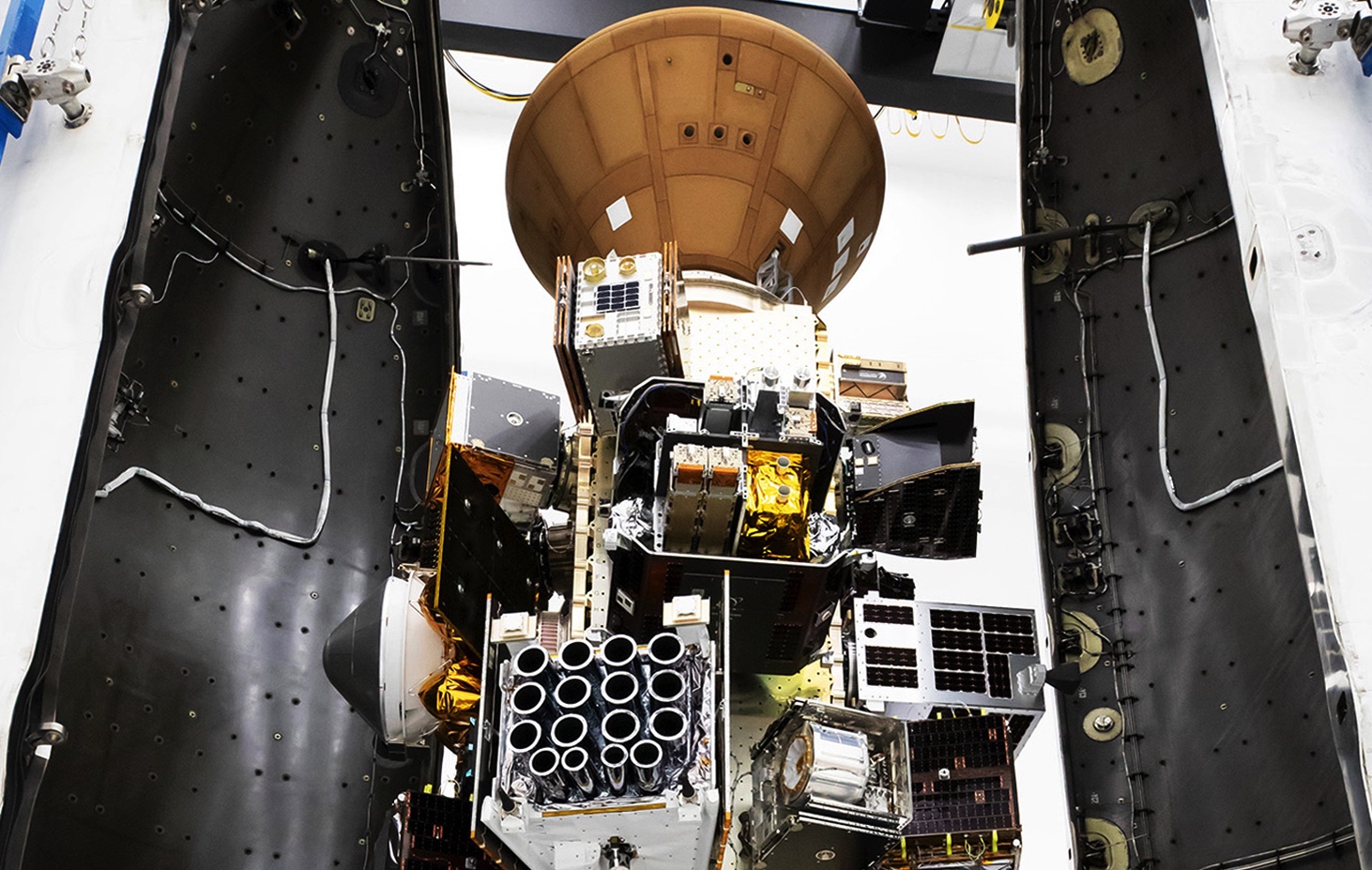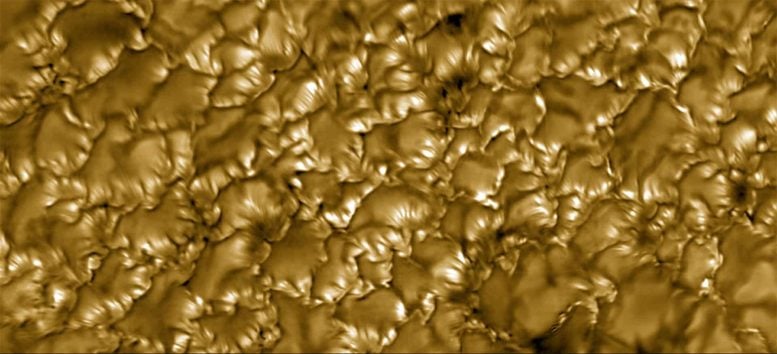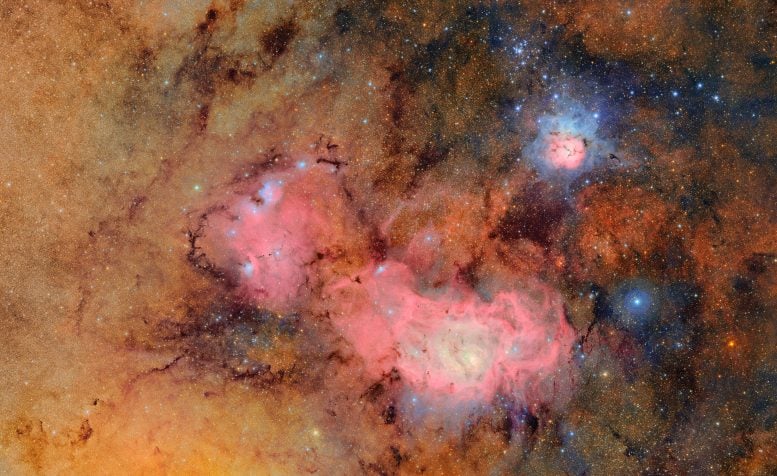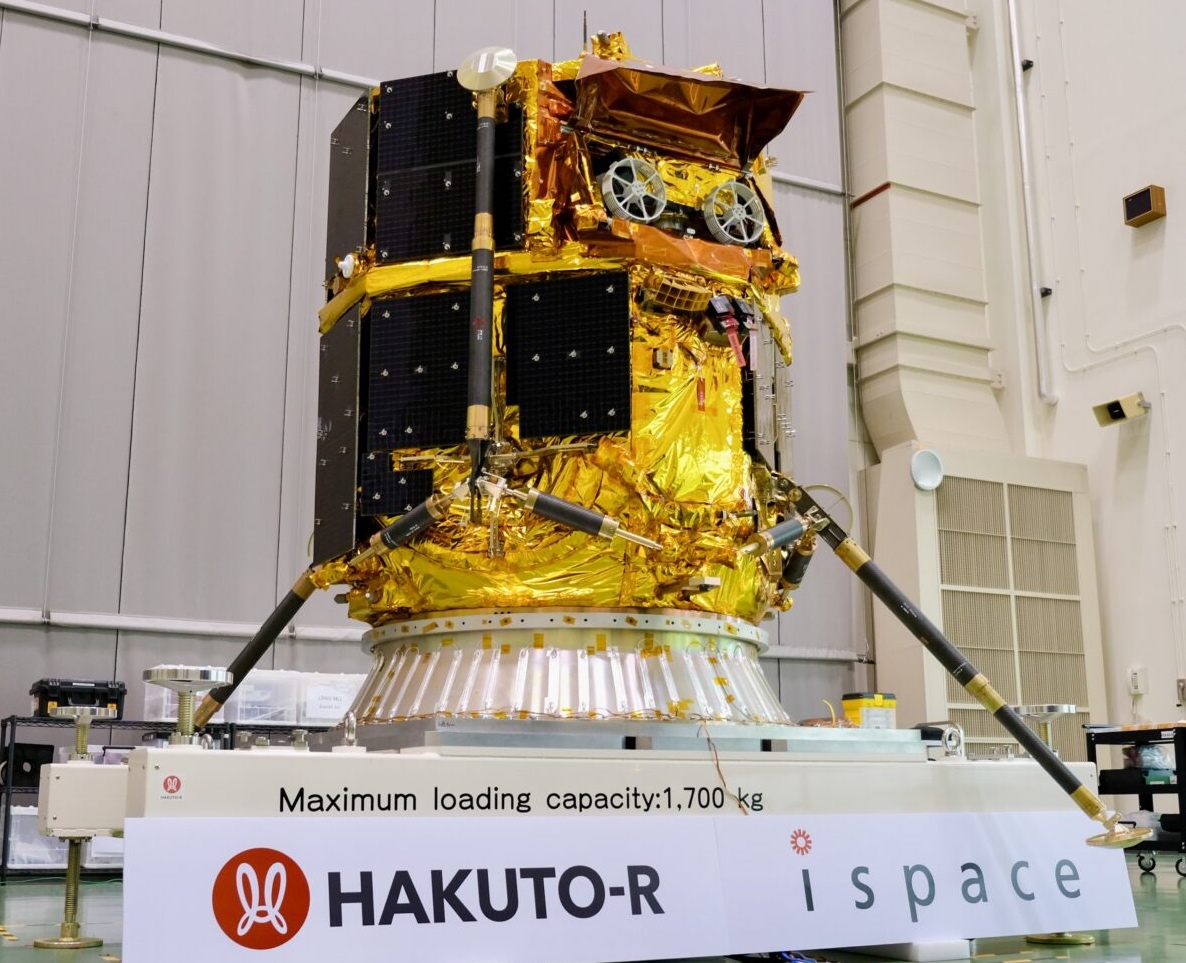RESILIENCE, a privately funded spacecraft, crash-landed on the Moon on January 15, leaving a visible mark on the lunar surface. NASA’s Lunar Reconnaissance Orbiter captured detailed images of the impact site, revealing a dark smudge and a…
Category: 2. Space
-

NASA Spots Fresh Lunar Impact From Crashed Moon Mission
-

The Exploration Company claims partial success of Mission Possible reentry spacecraft
WASHINGTON — The Exploration Company said it achieved “partial success” on a test flight of a reentry capsule but lost the spacecraft before it splashed down.
The company launched Mission Possible, a 1.6-ton reentry capsule, on…
Continue Reading
-

Sharpest-Ever Image of the Sun Reveals Hidden Magnetic Stripes
Scientists Capture Sharpest-Ever Image of the Sun, Revealing Magnetic “Stripes” In a stunning new breakthrough, scientists from the U.S. National Science Foundation’s National Solar Observatory have captured the most detailed view of the…
Continue Reading
-

World’s Largest Space Camera Snaps Breathtaking First Photos of the Universe
The Vera C. Rubin Observatory has just released its first images, captured using the world’s largest digital camera, kicking off a 10-year mission to explore the changing universe in stunning detail. In just a few hours of test runs, the…
Continue Reading
-

Laser rangefinder problems blamed for second ispace lunar lander crash
WASHINGTON — Japanese company ispace says it believes its second lunar lander mission crashed because of problems with a laser rangefinder used to determine altitude during its descent.
At a press briefing late June 23, company…
Continue Reading
-

NASAWatch on DW: Vera Rubin Observatory
Keith’s note: I was just on Deutsche Welle TV talking about the new imagery from Vera Rubin Observatory [Audio].
The post NASAWatch on DW: Vera Rubin Observatory appeared first on NASA Watch.
Continue Reading
-
A Candidate Giant Planet Companion to the Massive, Young White Dwarf GALEX J071816.4+373139 Informs the Occurrence of Giant Planets Orbiting B Stars
It has been suggested that giant planet occurrence peaks for stars with M* ≈ 3 M⊙ at a value a factor of 4 higher than observed for solar-mass stars. This population of giant planets predicted to frequently orbit main-sequence B stars at a…
Continue Reading
-
A Dark, Bare Rock for TOI-1685 b from a JWST NIRSpec G395H Phase Curve
We report JWST NIRSpec/G395H observations of TOI-1685 b, a hot rocky super-Earth orbiting an M2.5V star, during a full orbit. We obtain transmission and emission spectra of the planet and characterize the properties of the phase curve, including…
Continue Reading
-
Detection of H2O and CO2 in the Atmosphere of the Hot Super-Neptune WASP-166b with JWST
We characterize the atmosphere of the hot super-Neptune WASP-166b (P = 5.44 days, Rp = 6.9 ± 0.3 R⊕, Mp = 32.1 ± 1.6 M⊕, Teq = 1270 ± 30 K) orbiting an F9V star using JWST transmission spectroscopy with NIRISS and NIRSpec (0.85–5.17…
Continue Reading
-
Improving Source Positions in the OCARS Catalog: A First Approach
Optical Characteristics of Astrometric Radio Sources (OCARS) is a compiled catalog of various additional data associated with astrometric radio sources whose coordinates have been determined from very long baseline interferometry observations. It…
Continue Reading